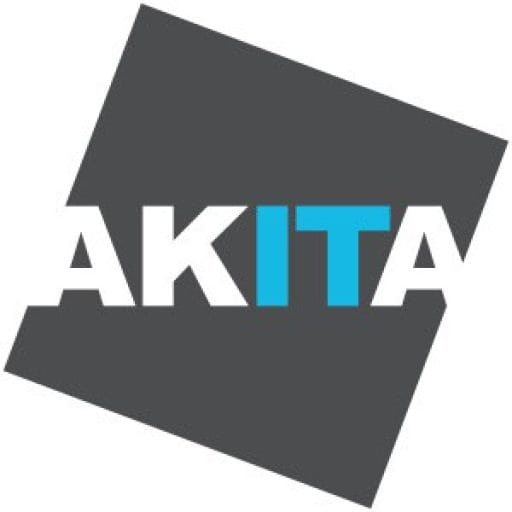With the number of cyber-attacks rising year-on-year, now is the time to ask yourself, are your security measures keeping your organisation safe? Don’t wait for a breach to happen. Take proactive steps today to fortify your defences and protect your organisation from evolving cyber threats. We outline the cyber security best practices you may consider to safeguard your operations and ensure your cyber resilience.
Raise Employee Awareness Of Cyber Security Guidelines
Staff are typically the biggest cyber security risk within an organisation, either through lack of knowledge or security ignorance. This is why it’s vital to adopt a people-centric approach to minimise the threat. To accomplish this, make sure all employees are up to date and aware of the latest cyber security threats and best practices to avoid malicious activity.
Protect Access To Your Critical Assets
Educate employees on the importance of securing devices when dealing with sensitive data on multiple devices. A wide-ranging technical solution (such as Microsoft Azure AD) that can monitor all secure access and user activity of sensitive data could also help.
Adding additional password security measures such as multi-factor authentication (MFA) can add an extra layer of security. Privilege management (again controlled by Azure AD) is also crucial and can be achieved with the use of the Principle of Least Privilege (POLP). This entails assigning each new user account the least amount of privileges possible, but which can be increased later if necessary.
Protect Your Sensitive Data As Cyber Security Best Practice
Privileged users can prove the weak link to your cyber security. But you can minimise the risk with the right security measures. Onboarding and offboarding processes are a cyber security best practice, ensuring privileged accounts are closed as soon as an employee leaves. Using advanced monitoring and security software will also flag any attempts to gain unauthorised access or usage. This can also reduce the risk of third-party users gaining access to company data they may once have had access granted to.
Meanwhile, backing up your sensitive data will allow you to mitigate the impact of ransomware attacks by providing you with a comprehensive backup to return to.
Introduce Robust Cyber Security Measures And A Protected Network
Making sure you have a hierarchical cyber security policy has many benefits as it allows you to respect the needs of each department and their workflow. For example, simplifying your infrastructure setup (through centralised or cloud management) as much as possible is valuable: having too many options can make it harder to prevent threats. As a best practice, a strong cyber security system should be as simple and easy to manage as possible. And you should plan on regularly testing your security to ensure it stands up.
Protect Access With Encryption And Identity Management
A must for cyber security best practice is protecting data in transit. This is particularly important when remote or hybrid working where internet connections are not guaranteed to be secure. Utilising VPN technology, organisations can encrypt data being sent between users and their IT systems.
And again MFA can play a part, adding more levels to your cyber security by adding a second or third security measure of protection for devices being used away from work premises.
Partner For Cyber Security
Akita is a leading IT managed service provider with a special focus on cyber security. Our consultants are able to guide organisations in security best practices as well as practical checks and audits of the security of their systems. We can help organisations achieve Cyber Essentials accreditation thanks to our in-house assessors.
For guidance on cyber security best practices and consultancy:
View More



